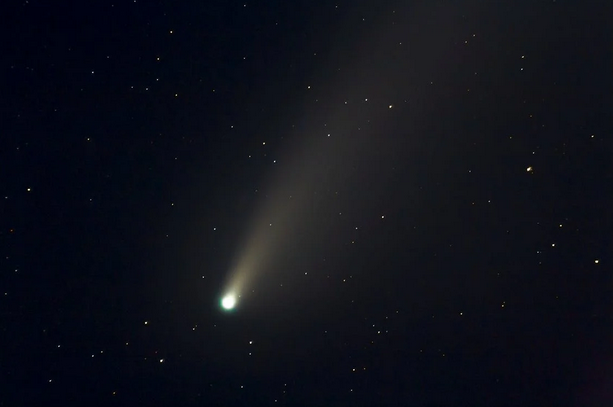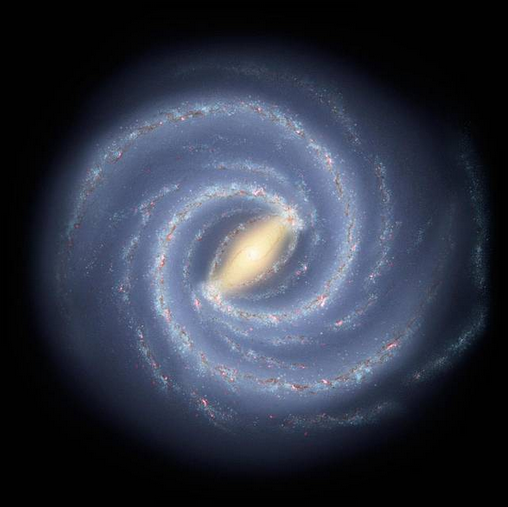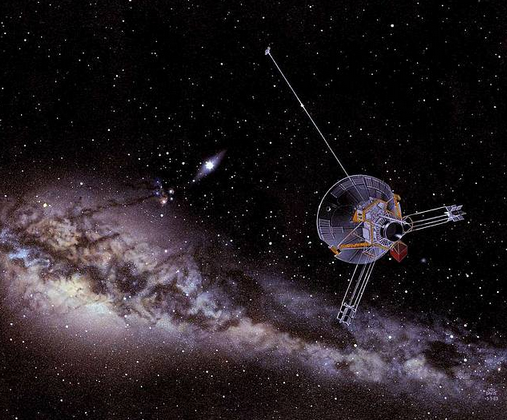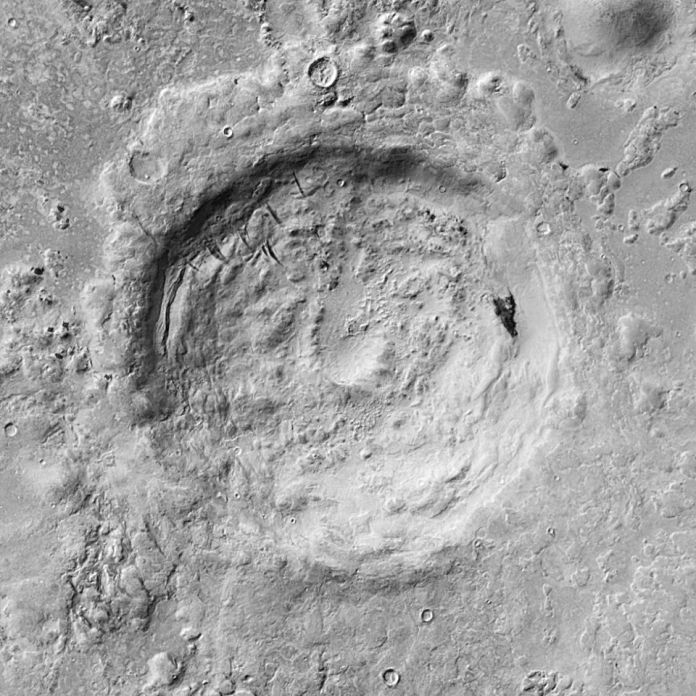
When an interstellar comet comes into the solar system, every available instrument is called upon to study it. But when that comet has the potential to be the oldest and most massive interstellar visitor ever recorded, the stakes rise with the scrutiny. Such is the case with comet 3I/ATLAS, confirmed now by NASA as a natural interstellar comet and not an alien craft, after weeks of speculation amidst a government shutdown and delayed data releases.

1. A Rare Interstellar Visitor
3I/ATLAS is only the third confirmed interstellar object to pass through the solar system, following 1I/‘Oumuamua in 2017 and 2I/Borisov in 2019. Its hyperbolic trajectory an open path moving too fast to be bound by the Sun’s gravity leaves no doubt about its extrasolar origin. Discovered on July 1, 2025, by the ATLAS survey telescope in Chile, archival images pushed its observation arc back to mid-June. At discovery, it was traveling at about 137,000 mph (221,000 km/h), accelerating to 153,000 mph (246,000 km/h) at perihelion on October 30, just inside Mars’s orbit.

2. Confirming Its Natural Origin
“This object is a comet,” said NASA Associate Administrator Amit Kshatriya, during a November 19 briefing. “It looks and behaves like a comet… and all the evidence points to it being a comet.” Observations have been made of the icy nucleus surrounded by an extended coma of gas and dust with activity increasing in a manner expected as it approached the Sun. Hubble data suggest a nucleus size between 440 meters and 5.6 kilometers in diameter.

3. A Comet Older Than the Sun
Orbital velocity analysis shows that 3I/ATLAS is moving through the Milky Way at about three times the average stellar orbital speed in our vicinity. It likely originated from a star system that was at least 8 billion years old and resided within the galaxy’s thick disk. “That means that 3I/ATLAS is not just a window into another solar system, it’s a window into the deep past,” said Tom Statler of NASA.

4. Imaging Across the Solar System
NASA coordinated an unprecedented observation campaign, involving more than a dozen spacecraft. The closest images came from the HiRISE camera of the Mars Reconnaissance Orbiter, from a distance of 19 million miles, resolving the coma to 30 km per pixel. MAVEN’s Imaging Ultraviolet Spectrograph mapped hydrogen and hydroxyl in the coma, constraining water vapor release and the comet’s deuterium-to-hydrogen ratio-a key tracer of origin. Sun-monitoring missions such as STEREO, SOHO, and PUNCH tracked the comet when it was hidden from Earth’s view, while asteroid missions Lucy and Psyche contributed distant imaging.

5. Spectral and Photometric Insights
Ground-based spectroscopy in July gave a rotation period of 16.16 ± 0.01 hr and progressive reddening in optical wavelengths, with dust mass-loss rates between 0.3 and 4.2 kg/s. Morphology of the coma and lack of an evident tail are consistent with domination by large dust grains that resist solar radiation pressure. Afρ values around 300 cm are comparable to those of some distant Jupiter-family comets, but the derived activity level is much lower than that implied by its brightness.

6. Composition and Volatiles
The spectra are dominated by typical cometary volatiles-carbon dioxide, carbon monoxide, cyanide-along with abundant nickel, as similarly observed in 2I/Borisov. From the MAVEN ultraviolet data alone, hydrogen emissions from the comet were differentiated from the background interplanetary hydrogen, affording a rare opportunity to investigate volatile release from an interstellar body. Such measurements also help make comparisons of the cometary chemistry among planetary systems.

7. Galactic Trajectory and Age Modeling
By integrating its motion backward in the gravitational potential of the Milky Way, researchers constrained its possible birthplace to older stellar populations with larger vertical excursions from the galactic plane.This dynamical context supports the hypothesis of a thick disk origin and strengthens the conclusion that 3I/ATLAS has been wandering in interstellar space for billions of years prior to this first stellar encounter.

8. Scientific Stakes and Future Observations
3I/ATLAS will make its closest approach to Earth on December 19, 2025, at 1.8 AU (170 million miles), nearly twice the Earth–Sun distance. It will remain observable into 2026 before heading back into interstellar space. Upcoming campaigns with Hubble, Webb, and large ground-based telescopes plan to characterize its jets, particle size distribution, and compositional signatures-a rare laboratory for studying unaltered material from another planetary system.

Though the interstellar comet’s journey is short, the high-resolution imaging and chemical fingerprints it yields will be used to inform models of planetary system formation well past our star, anchoring 3I/ATLAS as a milestone in the study of extrasolar small bodies.


